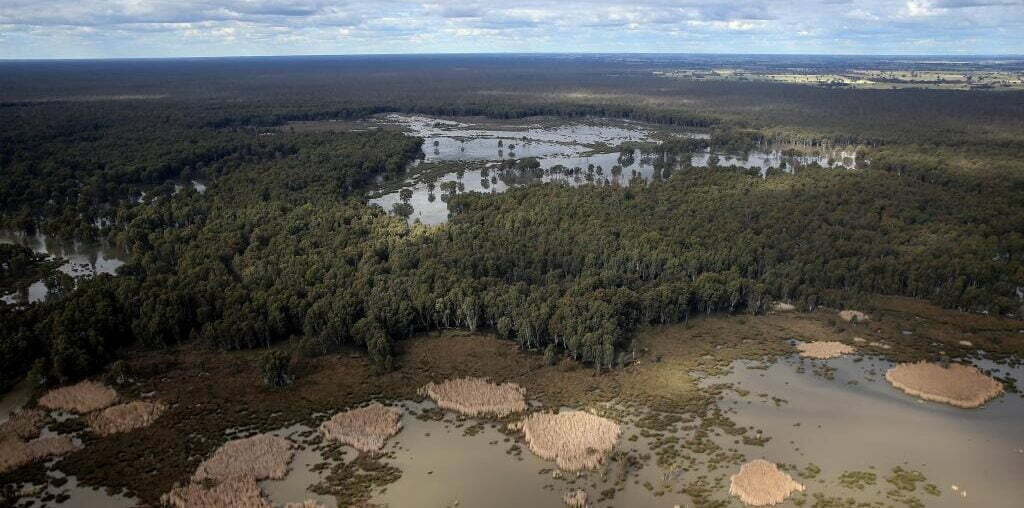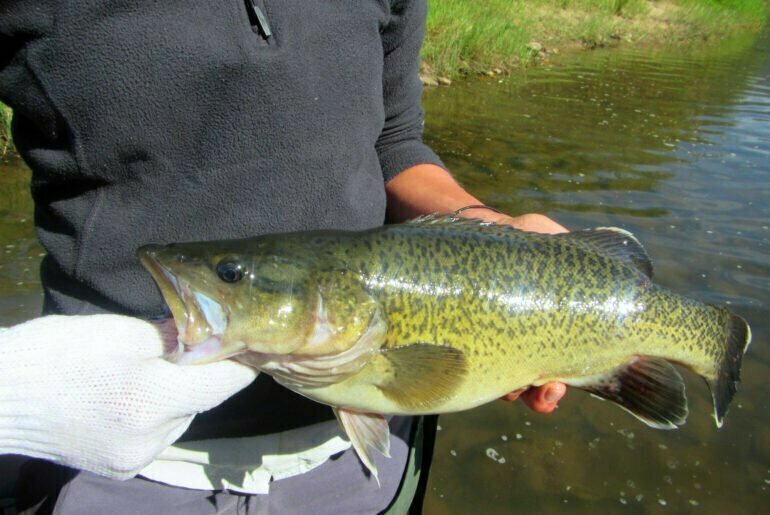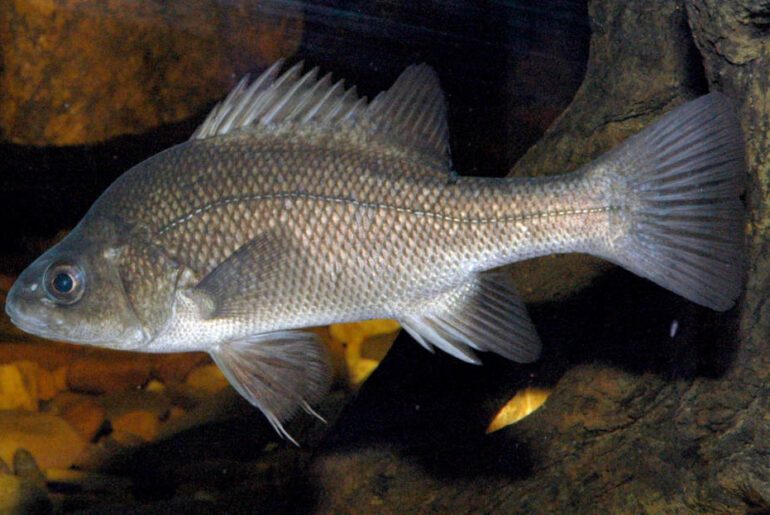Central to the implementation of key aspects of the Native Fish Strategy is a requirement to further understand the key habitat requirements for native fish in the Murray-Darling Basin. The objectives of this project were to:
- Document key ecological, biological and habitat information which allows insight for future research, investigations and best practice management of native fish in the Basin; and
- Identify the gaps in our current suite of knowledge on the fish habitat requirements in the Basin.
Key tasks were to:
- Undertake a literature review of available information of native fish within the Basin;
- Document and collate the information on each species, setting out comparisons on life history, or other requirements to assist the development of management guidelines;
- Clearly document which information is sourced from published information (using references) and that which is derived from expert opinion;
- Assess information to identify gaps and identify workshop participants who can contribute to gap filling from their experience and expertise;
- Undertake a specialist workshop to assess synthesised information, identify gaps and infill gaps using expert opinion.
The project provided a review of relevant literature and incorporated technical input from fisheries researchers, aquatic ecologists and natural resource managers gained through a technical workshop held in Canberra on December 3, 2002. Extensive searches were undertaken to identify and collate relevant literature on native fish and fish habitat in the Basin. Information sources included national and international scientific literature; Technical and ‘grey’ literature; direct consultation and personal communications with fish researchers and managers; theses and unpublished research reports; and information collected at an expert workshop. A range of national and international literature databases were also searched for relevant literature.
Findings:
The report outlines the general components of the fish life cycle (recruitment models, physical and chemical influences on fish, and habitat requirements for different ages/stages of a fish’s life. Habitat types and features are explored (river channels, billabongs/wetlands, floodplains, riparian zones, open water) and habitat components are outlined (benthic, macrophytes, woody structure etc).
For each fish species in the Basin, information is provided on distribution and conservation status along with biological information for spawning and for each of three life stages: eggs; larvae and juveniles, adults. Within these classes, information is provided on migration, behaviour, habitat preferences, and water quality tolerances. Key knowledge gaps are then identified for each species. An excel database was also provided that enabled users to generate fully referenced species specific reports.
Key messages:
- Habitat requirements can vary between life stages in a single species (eggs, larva, juvenile, adult)
- Linkages/ability to move between habitat types is important if a species is to access all habitats required
- For most fish species there is incomplete knowledge of the habitat requirements for different life stages.
Read more here: SKM (2003) Review of Habitat Associations of Native Fish in the Murray Darling Basin. Final report of Project R2105 to Murray-Darling basin Commission. Sinclair Knight Merz, Armadale, Victoria
Related Projects:
Fish and Flows: adaptive environmental water use for fish and fish habitats in NSW
Habitat restoration increases fish populations in the Murray



